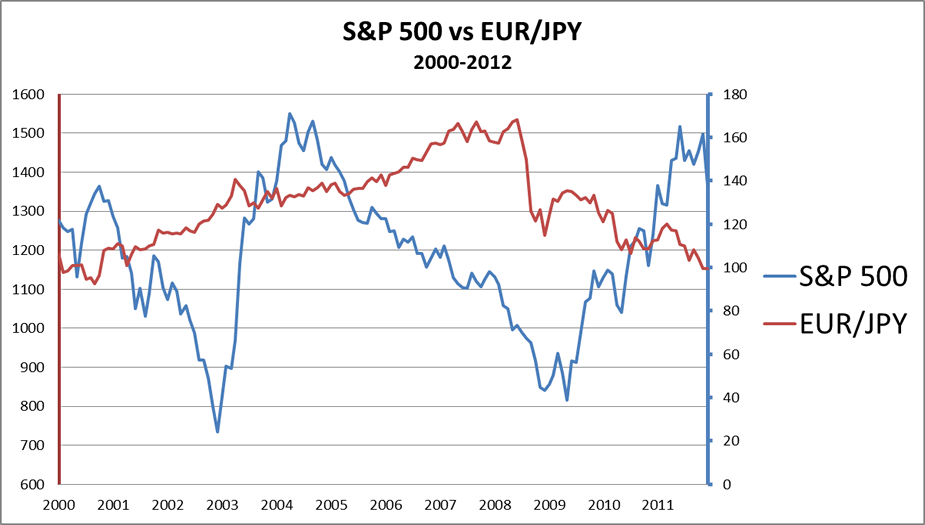How to use Intermarket Correlations for Successful Trading
Post on: 28 Июнь, 2015 No Comment

11:18 AM
Intermarket analysis is the study of different markets in order to find a correlation between them in order to get a decision making advantage. A correlation can be either positive or negative. With the publication of his first book on Intermarket analysis in 1991 technical analyst John Murphy introduced the topic to the public.
While it may not help you very much with intraday trading, understanding Intermarket correlations gives you a general bias and direction.
Divergences in “normal” Intermarket correlations can warn you of significant turning points in a specific market. The most important Intermarket correlations are:
- Equities and Interest Rates (negative correlation)
- Interest Rates and Commodities (positive correlation
- US Dollar and Commodities (negative correlation)
- Bonds and Commodities (negative correlation)
- Equities and Bonds (positive correlation)
Inflation and interest rates
The most important Intermarket correlation for you as a trader in the Forexchampionship is of course the relation between the Greenback and commodities such as gold, silver or the oil price. The most important aspect in this regard is inflation. If inflation increases, the value of the US dollar decreases. Since commodities are mostly denominated in USD the commodity prices increase due to an increase in demand.
If commodity prices rise usually interest rates rise as well and cause a decline in bonds. That is why commodities and interest rates move in sync. Bonds decline due to rising interest rates.
A rise in the price of bonds usually comes hand in hand with a rise in equity prices. Rising bond prices mean a decline in interest rates. Risk capital is flowing into stocks since the return in stocks will be more attractive compared to the low yielding bonds. Commodity prices can provide warning signals for inflationary trends and bond prices indicate if interest rates are on the rise or falling. Interest rates itself used to be an indicator of economic strength of a country. This is not the case anymore nowadays as it is fashionable for central banks around the globe to keep interest rates at zero for years. The price of oil and other commodities often is a leading indicator. A strong rise in oil prices has the potential to cause recessions as we have seen in the past.
About the author:
Henry Philippson is an independent financial journalist. He has more than 15 years of experience in the world of financial markets. After working in the financial services industry in Switzerland and Malta he now lives in Munich, Germany.














